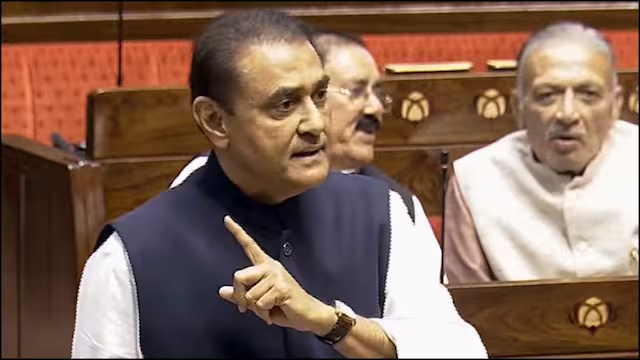Now Reading: F&O Expiry Days Split Between NSE and BSE: What It Means for Traders
-
01
F&O Expiry Days Split Between NSE and BSE: What It Means for Traders
F&O Expiry Days Split Between NSE and BSE: What It Means for Traders

In a significant move for the Indian stock market, the NSE and BSE have now assigned different days for their Futures and Options (F&O) expiry. While the NSE will conduct expiry on Tuesdays, the BSE has chosen Thursdays. This change is expected to influence market strategies, trading volumes, and investor behavior—especially among retail and Tier 2 city traders who are increasingly participating in derivatives trading.
What Are F&O Expiry Days?
F&O expiry refers to the date when futures and options contracts cease to exist. On expiry days, traders must either square off their positions or carry them forward, making these days crucial for strategy, risk, and settlement.
Previously, both NSE and BSE had aligned expiry days. But with growing competition and changing volumes, this split could shift trading preferences.
Why the Change?
The National Stock Exchange (NSE) has officially shifted the expiry of index F&O to Tuesdays, while the Bombay Stock Exchange (BSE) is keeping its expiry on Thursdays. The BSE made the change first to attract more traders to its platform. The NSE’s decision is seen as a strategic move to maintain dominance and manage trading load more effectively across the week.
This new schedule means traders could now actively trade on both exchanges without overlapping pressures, allowing better portfolio management.
Impact on Traders and Investors
For retail investors and small-town traders—especially in cities like Nagpur, Jaipur, and Lucknow—this opens up more flexible opportunities. With different expiry days, traders can choose platforms based on their comfort, risk appetite, and market movement.
However, active traders might find it challenging to juggle expiry pressure twice a week. It may also lead to shifts in liquidity from one exchange to another, depending on where incentives or volumes look better.
What to Watch For
Market experts suggest watching how volumes react over the next few weeks. If one exchange sees consistent growth in participation, others might adapt further. For now, the split is expected to increase competition and possibly lead to better spreads and execution for traders.
Conclusion:
The decision to have separate F&O expiry days marks a new phase in India’s stock market structure. While it adds flexibility, it also demands sharper strategy and attention from market participants. For Tier 2 city investors increasingly exploring derivatives, this is a good time to understand expiry dynamics and align trades smartly.






















